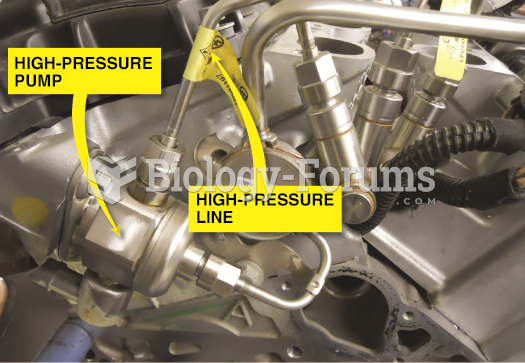Answer to Question 1
Company structures tend to follow one of three different patterns: line organizations, line-and-staff organizations, and matrix organizations. But these organizational models are not mutually exclusive. In fact, many management teams build their structure using elements of each model at different levels of the organization.
Line-and-staff organizations incorporate the benefits of a line organization without all the drawbacks. Line managers supervise the functions that contribute directly to profitability: production and marketing. Staff managers, on the other hand, supervise the functions that provide advice and assistance to the line departments. Examples include legal, accounting, and human resources. In a line-and staff-organization, the line managers form the primary chain of authority in the company. Staff departments work alongside line departments, but there is no direct reporting relationship (except at the top of the company). Since staff people do not report to line people, their authority comes from their know-how. This approach, which overlays fast decision-making with additional expertise, tends to work well for medium and large companies. But in some firms, the staff departments gain so much power that they become dictatorial, imposing unreasonable limitations on the rest of the company.
Matrix organizations build on the line-and-staff approach by adding a lot more flexibility. A matrix structure brings together specialists from different areas of the company to work on individual projects on a temporary basis. A new product development team, for instance, might include representatives from sales, engineering, finance, purchasing, and advertising. For the course of the project, each specialist reports to the project manager and to the head of his or her own department (e.g., the vice-president of marketing). The matrix approach has been particularly popular in the high-tech and aerospace industries.
The matrix structure offers several key advantages. It encourages teamwork and communication across the organization. It offers flexibility in deploying key people. It lends itself to innovative solutions. And not surprisingly-when managed well-the matrix structure creates a higher level of motivation and satisfaction for employees. But these advantages have a clear flip side. The need for constant communication can bog down a company in too many meetings. The steady state of flux can be overwhelming for both managers and employees, and having two bosses can cause conflict and stress for everyone.
Answer to Question 2
Strategic planning is the most fundamental part of the planning process, since all other plans- and most major management decisions-stem from the strategic plan. The strategic planning process typically includes these steps:
1. Define the mission of the organization: The mission of an organization articulates its essential reason for being. It defines the organization's purpose, values, and core goals, providing the framework for all other plans.
2. Evaluate the organization's competitive position: Many companies use a SWOT analysis (strengths, weaknesses, opportunities, and threats) to evaluate where they stand relative to the competition.
3. Set goals for the organization: Strategic goals represent concrete benchmarks that managers can use to measure performance in each key area of the organization. They must fit the firm's mission and tie directly to its competitive position.
4. Create strategies for competitive differentiation: Strategies are action plans that help the organization achieve its goals by forging the best fit between the firm and the environment.
5. Implement strategies: Implementation should happen largely through tactical planning. Middle managers in each key area of the company must develop plans to carry out core strategies in their area.
6.
Evaluate results, and incorporate lessons learned: Evaluation of results should be a continual process, handled by managers at every level as part of their controlling function.







